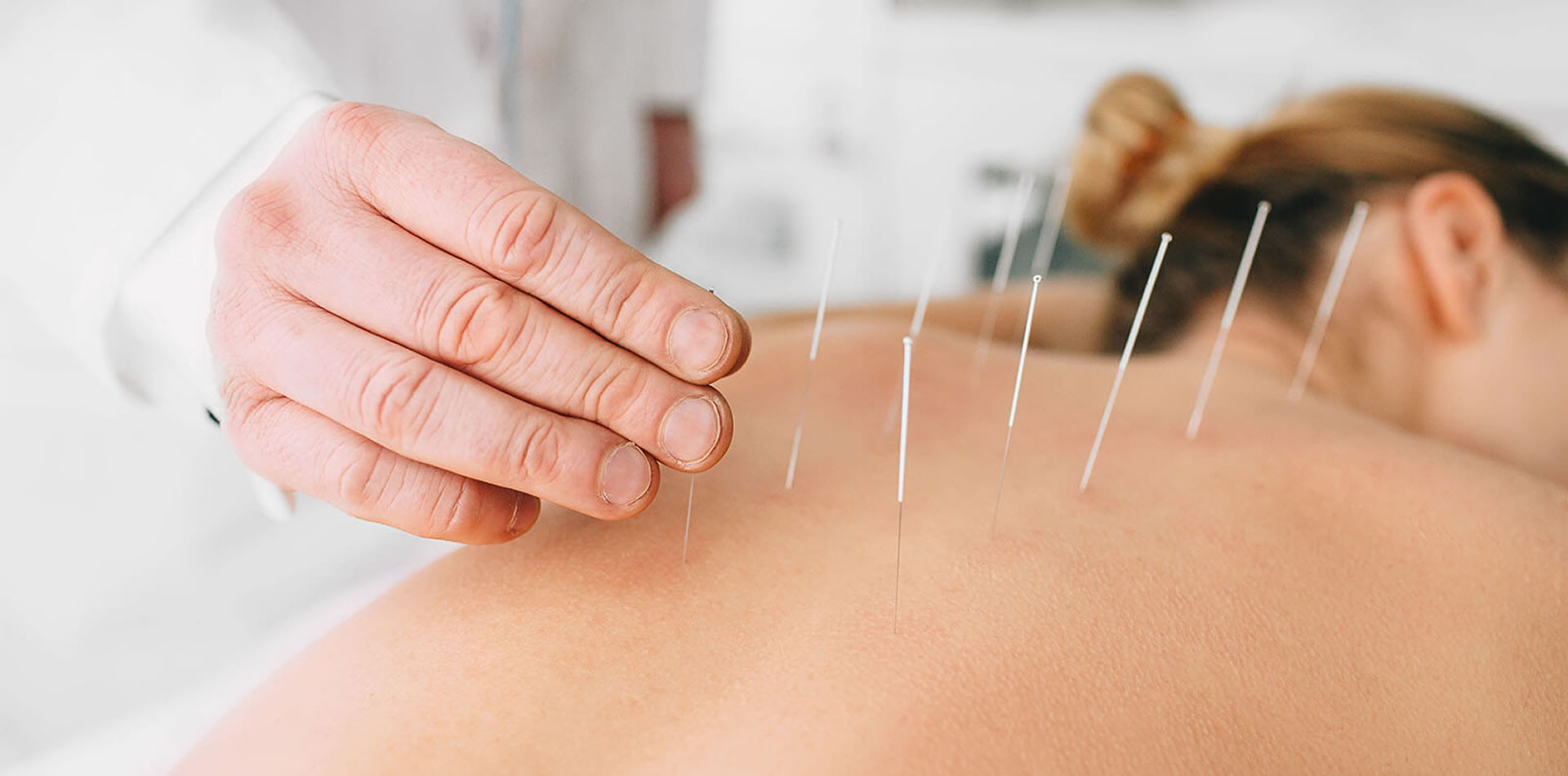Acupuncture Treatment
What Is Acupuncture?
Acupuncture is a holistic health technique that stems from Traditional Chinese Medicine practices in which trained practitioners stimulate specific points on the body by inserting thin needles into the skin. The first question most people ask is, “Does acupuncture hurt?”
Surprisingly, although needles are used in acupuncture, treatments are relatively pain-free. In fact, one of the most popular uses of acupuncture is to reduce chronic pain throughout the body in a natural way, without the need for medications that can cause unwanted side effects.
Most of the studies investigating acupuncture to date have examined whether acupuncture can safely reduce pain and work as a natural painkiller. Meanwhile, researchers will continue to study whether or not it might help with other conditions, too – including anxiety, depression, inflammation, hot flashes, side effects of chemotherapy and insomnia.
How does acupuncture compare to dry needling? While acupuncture focuses on addressing the flow of energy around the body and bodily organs, dry needling focuses on stimulating a specific trigger point that is leading to pain and disability.
How Does Acupuncture Work?
Acupuncture is considered to be a family of procedures, not one single exact approach to pain or disease management. All acupuncture practices involve the stimulation of specific points on the body using a variety of techniques, usually needles. The type of acupuncture that has been studied most so far in clinical, scientific research settings is the type that uses thin, solid, metal needles to lightly penetrate the skin.
Acupuncture is usually done by hand, with a trained practitioner carefully inserting the needles into specific points in the body very shallowly into the skin. Normally about 10 to 20 thin needles are used at one time. The needles are small enough to fit inside of a normal-sized needle that would be used to take blood, making the process pretty painless for most people.
There are also types of acupuncture that use light electrical stimulations that flow through the needles, or no needles at all. For example, acupressure is often thought of as simply “acupuncture without the needles” and uses targeted massage-type techniques to stimulate energy in the body by pressing on certain points.
In addition, acupuncture is sometimes used in conjunction with moxibustion, another TCM practice that involves burning ground mugwort leaves to warm and stimulate certain trigger points in the body.
Acupuncture points, or “acupoints,” are specific locations on the body that are the focus of acupuncture treatments. TCM explains acupuncture as a technique for “balancing the flow of energy or life force,” and that energy can be reached by stimulating small specific channels on the body.
TCM practitioners believe that there is a flow, known as “qi” or “chi,” that is located in certain “meridians” throughout the body. Chi is thought to be what separates the sick from the healthy — and when chi is not balanced, illness, pain, poor sleep and fatigue can all occur.
Overall, there are 14 major energy-channel meridians on the body, with hundreds of points located along each meridian where acupuncture needles are inserted. These include some 360 different points on the hands, arms, feet, head, back and over the major organs. The belief is that by inserting needles lightly into certain points on the body, the chi flow can be tapped into and the patient’s energy can be rebalanced.
Acupuncture points tend to be located where nerves enter a muscle, the midpoint of a muscle, or at a point where muscle joins with bone. Some of the major acupuncture meridians include:
- Lung meridian
- Large intestine meridian
- Stomach meridian
- Spleen meridian
- Heart meridian
- Small intestine meridian
- Urinary bladder meridian
- Kidney meridian
- Liver meridian
Uses
Currently, acupuncture is used to treat conditions like:
- muscle spasms and pain
- chronic back problems and pain
- headaches, including reducing the frequency and intensity of migraines
- neck pain, including a stiff neck
- osteoarthritis
- knee pain
- allergies
- digestive problems
- mood, depression
